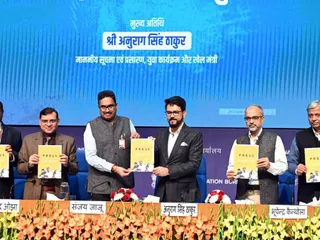The Hunter Commission, officially known as the Royal Commission into Aboriginal Deaths in Custody, was a significant inquiry into the disproportionately high rate of Aboriginal deaths in Australian police custody. Established in 1987, the Commission, led by Justice Royal, investigated 99 deaths and delivered its final report in 1991.
Key Findings and Recommendations:
The Commission's report revealed systemic issues within the criminal justice system that contributed to the deaths. These included:
- Racial bias and discrimination within the police force.
- Inadequate training for police officers in dealing with Aboriginal people.
- Over-representation of Aboriginal people in the criminal justice system.
- Lack of culturally appropriate services and support for Aboriginal people in custody.
- Problems with the design and management of police cells.
The Commission made numerous recommendations aimed at addressing these issues, including significant police reforms, improved training, and the development of culturally appropriate diversionary programs. It stressed the urgent need for systemic change to prevent further deaths.
Impact and Legacy:
The Hunter Commission's findings and recommendations have had a lasting impact, although the implementation of all recommendations has been uneven. Some key impacts include increased awareness of Aboriginal rights and issues, leading to greater scrutiny of police practices. However, the ongoing high rate of Aboriginal deaths in custody demonstrates that further work is needed.
Criticisms and Controversies:
Despite its impact, the Commission faced criticism. Some argued that its recommendations were not implemented effectively enough, leading to continued high rates of incarceration and deaths. Others criticized the Commission's scope and focus, suggesting a broader inquiry into systemic racism was needed. The debate surrounding the Commission's legacy continues.
Further Research:
For a deeper understanding of the Hunter Commission and its impact, you can refer to the full report (available online through various archives, though finding a single, easily accessible link is challenging due to the document's length and age), academic articles analyzing the Commission's findings and their implementation, and reports from organizations monitoring Aboriginal deaths in custody.
Note: Due to the complexity of locating the full report online in a single, easily accessible link, I have omitted a specific URL. However, searching for "Royal Commission into Aboriginal Deaths in Custody final report" on reputable online archives will yield relevant results.










































 (24)jpeg-1722421859875.jpeg.webp)




